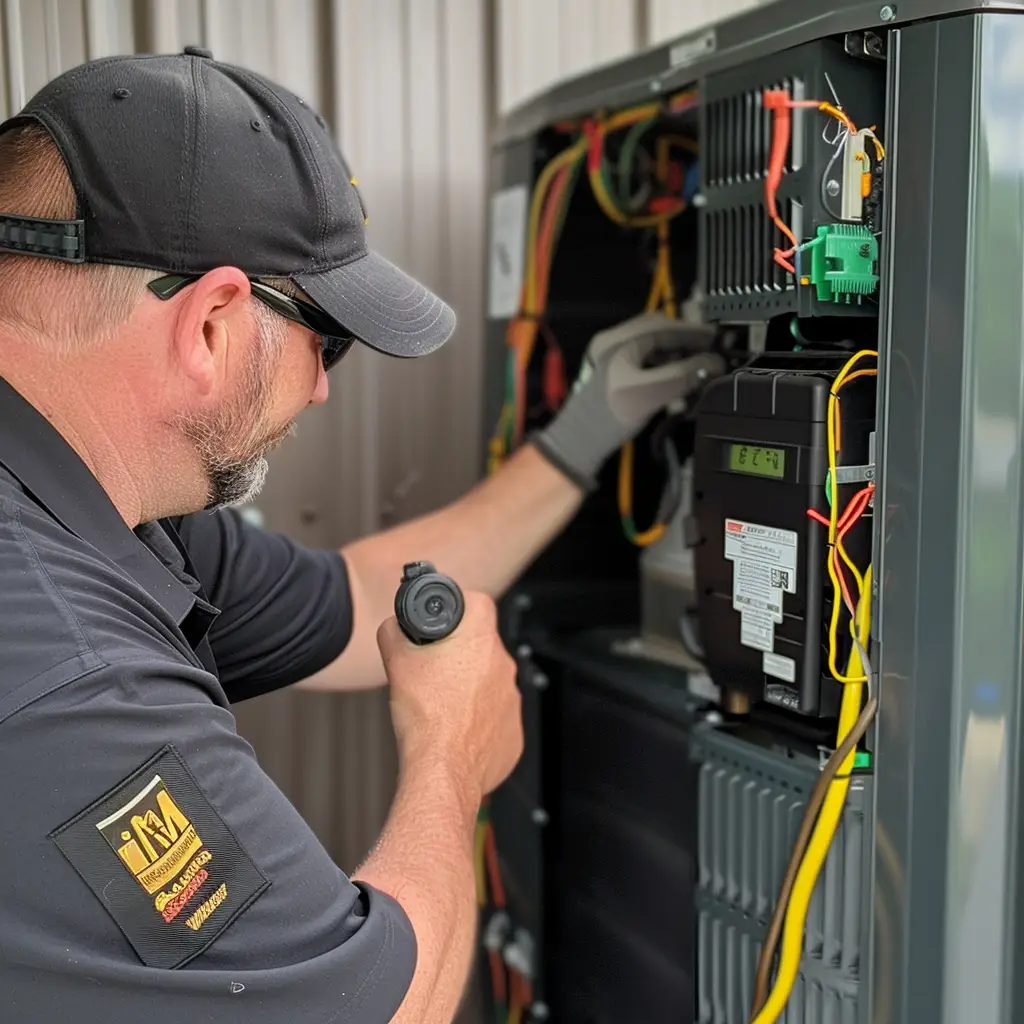Why are lower humidity levels better for health?
Maintaining a lower humidity level in your home is important for several reasons:
- Comfort: High humidity levels can make it feel hot and sticky, which can be uncomfortable and make it difficult to sleep. Lowering the humidity in your home can help you feel more comfortable and improve your overall quality of life.
- Health: High humidity levels can promote the growth of mold and other allergens, which can be harmful to your health. Lowering the humidity in your home can help to reduce the risk of respiratory issues and other health problems.
- Property damage: High humidity levels can cause damage to your home, including warping wood, peeling paint, and rusting metal. Lowering the humidity in your home can help to prevent this type of damage and protect your investment.
- Energy efficiency: High humidity levels can make it feel hotter in your home, which can lead to higher energy bills as you try to keep your home cool. Lowering the humidity in your home can help you feel more comfortable at a lower temperature, which can save you money on energy costs.
If you’re having difficulty lowering the humidity in your home, there are several ways to lower the humidity in your house:
1. Use a Dehumidifier
A dehumidifier is a device that removes moisture from the air, and using a dehumidifier can help to lower humidity levels in your home. Here’s how it works:
- The dehumidifier absorbs moisture from the air and collects it in a reservoir or tank.
- As the dehumidifier removes moisture from the air, the humidity level in your home decreases.
- You can adjust the settings on the dehumidifier to control the humidity level in your home. Most dehumidifiers have a humidity control dial that allows you to set the desired humidity level. The dehumidifier will automatically turn on and off as needed to maintain the desired humidity level.
- It’s a good idea to monitor the humidity level in your home using a hygrometer and adjust the dehumidifier accordingly to maintain a comfortable humidity level.
By using a dehumidifier and following these tips, you should be able to effectively lower the humidity in your home and create a more comfortable living environment.
2. Use Exhaust Fans
Exhaust fans can be an effective way to lower the humidity in your home. Here are some tips for using exhaust fans to reduce humidity:
- Install exhaust fans in areas of your home that generate a lot of moisture, such as the kitchen, bathroom, and laundry room.
- Use the exhaust fans when you’re cooking, taking a shower, or doing other activities that generate steam or moisture.
- Make sure that the exhaust fans are properly vented to the outside of your home. If they are not vented properly, they can actually increase humidity by recirculating the moist air.
- Keep the exhaust fans running for a few minutes after you’ve finished using them to ensure that all of the moisture has been removed from the air.
- Consider investing in a high-quality exhaust fan with a powerful motor to ensure that it is effective at removing moisture from the air.
By using exhaust fans and following these tips, you should be able to lower the humidity in your home and create a more comfortable living environment.
3. Fix Leaks
Fixing leaks is an important step in lowering the humidity in your home, as leaks can cause excess moisture to accumulate, leading to higher humidity levels. Here are some tips for fixing leaks to lower humidity in your home:
- Locate the source of the leak: To fix a leak, you’ll need to identify where it is coming from. Look for water stains on walls, ceilings, or floors, and check under sinks, behind appliances, and around pipes for any signs of dripping or pooling water.
- Repair the leak: Once you’ve found the source of the leak, you’ll need to repair it. This may involve replacing a faulty valve, sealing a crack, or fixing a damaged pipe.
- Dry the affected area: After you’ve repaired the leak, it’s important to dry the affected area thoroughly to prevent mold or other damage. Use a towel or mop to soak up any standing water, and consider using a dehumidifier or fans to help dry the area.
- Prevent future leaks: To prevent future leaks, it’s a good idea to regularly inspect your pipes, appliances, and other potential sources of leaks for signs of wear or damage. If you find any issues, repair them promptly to avoid future leaks.
By fixing leaks and following these tips, you can help to lower the humidity in your home and create a more comfortable living environment.
4. Open Windows
Opening windows can be an effective way to lower the humidity in your home, especially when the weather is dry and cool. Here are some tips for using windows to reduce humidity in your home:
- Open windows in areas of your home that tend to be more humid, such as the bathroom, kitchen, and laundry room.
- Open windows on opposite sides of your home to create a cross-breeze and help ventilate the space.
- Keep windows open for a few hours each day, especially during the cooler parts of the day, to allow the dry, outside air to circulate and lower the humidity in your home.
- Consider using window fans or other mechanical ventilation systems to help move the air and lower the humidity in your home.
- Close windows when it is raining or very humid outside, as this can increase the humidity in your home.
By following these tips and opening windows when the weather allows, you should be able to lower the humidity in your home and create a more comfortable living environment.
5. Use Your Air Conditioner
Air conditioning units can help to lower the humidity in your home by removing moisture from the air as it cools. Here are some tips for using an air conditioner to reduce humidity in your home:
- Set the air conditioner to a lower temperature: As the air conditioner cools the air, it will also remove moisture from the air. Setting the air conditioner to a lower temperature can help to remove more moisture from the air and lower the humidity in your home.
- Use the air conditioner regularly: Regular use of the air conditioner can help to keep the humidity in your home at a comfortable level. Consider running the air conditioner for a few hours each day, especially during the hotter parts of the day, to help keep the humidity in check.
- Clean and maintain the air conditioner: A dirty or poorly maintained air conditioner may not be as effective at removing moisture from the air. Make sure to clean or replace the air filter regularly, and have the air conditioner serviced by a professional as needed to ensure that it is operating at peak efficiency.
6. Use Plants
Certain plants can help to absorb excess moisture from the air and lower the humidity in your home. Here are some tips for using plants to reduce humidity:
- Choose the right plants: Some plants, such as ferns, palms, and peace lilies, are known for their ability to absorb moisture from the air. Consider adding these types of plants to your home to help lower the humidity.
- Place plants in areas of your home that tend to be more humid: Kitchen, bathroom, and laundry rooms are all areas of your home that generate a lot of moisture, so consider placing plants in these areas to help absorb the excess humidity.
- Water plants properly: Overwatering plants can actually increase the humidity in your home, so it’s important to water them properly. Let the soil dry out slightly between watering, and avoid letting the plants sit in standing water.
- Consider adding a humidity tray: A humidity tray is a shallow tray filled with pebbles and water. Place the tray under the plants to create a humid microclimate around the plants, which can help to lower the humidity in the rest of your home.
7. Avoid drying clothes indoors
Drying clothes indoors can add moisture to the air, which can increase the humidity in your home. To lower the humidity in your home, it’s a good idea to avoid drying clothes indoors as much as possible. Here are some tips for reducing the humidity caused by drying clothes indoors:
- Use a clothes dryer: If you have a clothes dryer, use it instead of hanging clothes indoors to dry. Clothes dryers remove moisture from the air as they dry the clothes, which can help to lower the humidity in your home.
- Dry clothes outside: When the weather allows, hang clothes outside to dry instead of indoors. The sun and wind can help to dry the clothes and remove moisture from the air.
- Use a clothes rack: If you don’t have a clothes dryer or it’s not possible to hang clothes outside, consider using a clothes rack to dry clothes indoors. Make sure to place the rack in a well-ventilated area, such as near a window, to help remove moisture from the air.
By maintaining a lower humidity level in your home, you can enjoy a more comfortable and healthy living environment, and protect your home from potential damage. It’s important to maintain a relative humidity of between 30-50% in your home to prevent issues such as mold growth and to ensure that the air is comfortable to breathe.
When it comes to humidity issues, there are many ways to reduce humidity in your home without using a dehumidifier. There is no one thing that will have a direct impact, except for perhaps an air conditioner. Getting the right balance may take some trial and error, but when you live in a comfortable and healthier home, it will be worth the time. By following these tips, you should be able to effectively lower the humidity in your home and create a more comfortable living environment.
To learn more about how to lower humidity in your home, check out this video by Taddy Digest





